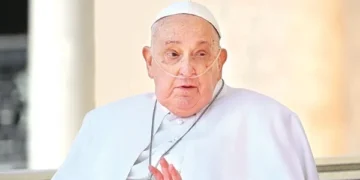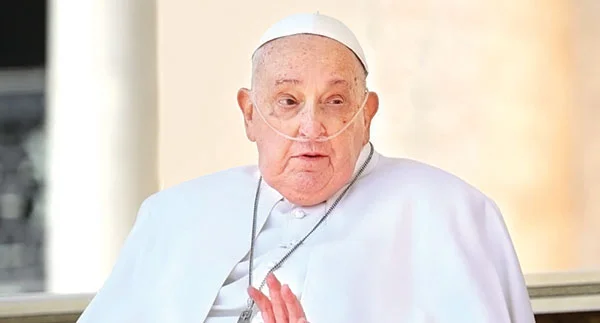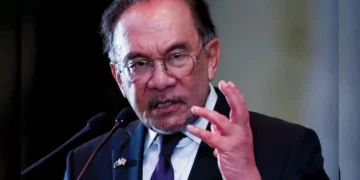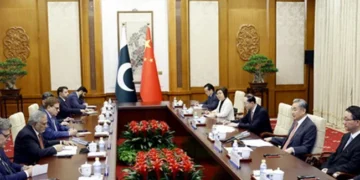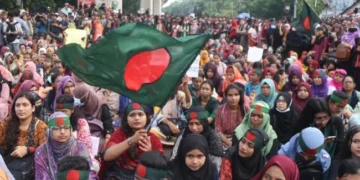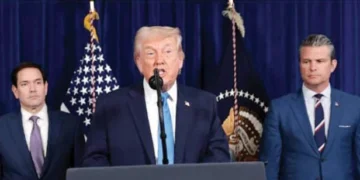Blitz Bureau
POPE Francis, who was the first Latin American leader of the Roman Catholic Church, had charmed the world with his humble style and concern for the poor. He reign was also marked by division and tension as he sought to overhaul the hidebound institution. The Pope died on April 21 at the age of 88.
Francis’ death comes a day after he had made his first prolonged public appearance since being discharged on March 23 from a 38-day hospital stay for pneumonia.
On Easter Sunday (April 20), Francis had entered St. Peter’s Square in an open-air popemobile shortly after mid-day, greeting cheering crowds. He had also offered a special blessing for the first time since Christmas, reported Reuters.
Jorge Mario Bergoglio was elected Pope on March 13, 2013, surprising many church watchers who had seen the Argentine cleric, known for his concern for the poor, as an outsider.
He sought to project simplicity into the grand role and never took possession of the ornate papal apartments in the Apostolic Palace used by his predecessors, saying he preferred to live in a community setting for his “psychological health”. He inherited a church under attack over a child sex abuse scandal and torn by infighting in the Vatican bureaucracy, and was elected with a clear mandate to restore order, the news agency reported.
But as his papacy progressed, he faced fierce criticism from conservatives, who accused him of trashing cherished traditions. He also drew the ire of progressives, who felt he should have done much more to reshape the 2,000-yearold church. While he struggled with internal dissent, Francis became a global superstar, drawing huge crowds on his many foreign travels as he tirelessly promoted interfaith dialogue and peace, taking the side of the marginalised, such as migrants.
After education in a seminary, he joined the Society of Jesus as a novice in March 1958, officially became a Jesuit in March 1960 and after a further spell of studying and teaching, took final vows in April 1973. He rose steadily through the church hierarchy, being named Auxiliary Bishop of Buenos Aires in 1992, the coadjutor Archbishop in 1997, and the Archbishop in 1998 — a post he continued to hold till he became Pope despite being appointed a Cardinal by Pope John Paul II in 2001. As the Archbishop, he established new parishes, formed a commission on divorces, and sought to increase the church’s presence in the slums of Buenos Aires.
